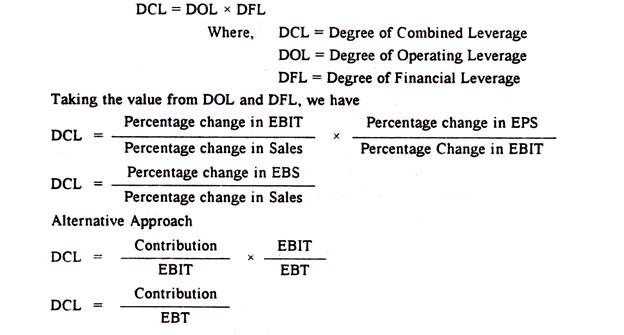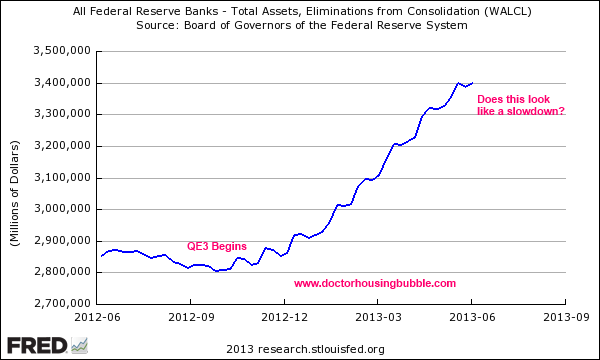Содержание

It follows that unit costs are apportioned to cost of production according to their chronological order of receipts in the store. Under this method most recent purchase will be the first to be issued. The issues are priced out at the most recent batch received and continue to be charged until a new batch received is arrived into stock. It is a method of pricing the issue of material using the purchase price of the latest unit in the stock. Under this method, periodic simple average prices are further averaged.
As closing stock is valued at lower prices, there results in under valuation of closing stock and creation of secrete reserves. When materials prices increases, the value of stock is understated and when material prices decrease, the value of closing stock is overstated. Company uses 5,120 units of a component in a year. The purchase price per unit of the component is Rs. 5.00 and the carrying cost including interest is estimated at 20% of the average inventory investment on annual basis. The cost of placing an order and processing the delivery is Rs. 10.
- This is an attempt to value issues at an actual price, which is closer to the current market price and should be the replacement price.
- Money market funds are A.
- Higher income is reported since old cost are matched with current revenue.
- For some companies, FIFO may be better than LIFO as this method may better represent the physical flow of inventory.
On valuation of closing stock its impact is understatement of the value of stock and a hidden reserve is created in the valuation of stock. Like FIFO method, in this method as well the material cost of similar jobs may differ because materials were issued from different lots and thus, at different prices. It makes comparison difficult. The profit is unaffected by the overstatement in cost as this is compensated by a corresponding understatement in closing stock value and vice versa. However, as production cost of a particular product or job is distorted by a rise or fall in the material cost, consequently profit on such product or job will also fall or rise. The value of closing stock reflects current market price.
First in First out (Commonly Called FIFO):
This information helps a company plan for its future. FIFO follows the natural flow of inventory . This makes bookkeeping easier with less chance of mistakes. The method is easy to understand, universally accepted and trusted.
The first in, first out method of inventory valuation is a cost flow assumption that the first goods purchased are also the first goods sold. In most companies, this assumption closely matches the actual flow of goods, and so is considered the most theoretically correct inventory valuation method. The FIFO flow concept is a logical one for a business to follow, since selling off the oldest goods first reduces the risk of inventory obsolescence. However, this will not be true with the value of closing stock at the end of each month.
Normal Price Methods:
Replacement cost method is the most appropriate method for use in determining the product cost for the purpose of pricing decision. However, it is difficult to operate. Therefore, it is not in common use.
2023 NFL Scouting Combine stock up/stock down, Day 2: Oregon’s Christian Gonzalez shines – NFL.com
2023 NFL Scouting Combine stock up/stock down, Day 2: Oregon’s Christian Gonzalez shines.
Posted: Sat, 04 Mar 2023 02:28:00 GMT [source]
B) method assumes that stock received first is issued first market price during the year. C) market price at the beginning of the year. D) market price at the time the options or warrants were granted. This method is suitable for giving tenders or quotations, because quotations should reflect the latest competitive market prices as far as materials are concerned. The impact of this method over cost of production is that cost is overstated. On profit, its impact is under statement of profit.
Why Would You Use FIFO over LIFO?
The method follows the concept of total stock and total valuation. This minimum stock is carried at original cost. Another limitation which also results from LIFO’s lowering of the earnings figure is the effect it will have on existing bonus and profit sharing plans.

LIFO (Last-In, First-Out) is one method of inventory used to determine the cost of inventory for the cost of goods sold calculation. You also must provide detailed information on the costing method or methods you’ll be using with LIFO (the specific goods method, dollar-value method, or another approved method). The cost of the remaining 1200 units from the first batch is $4 each for a total of $4,800. These units will start off the next year. And the last 800 units sold from Batch 1 cost $4 each, for a total of $3,200.
E-Commerce | Definition, Types, Features, Advantages & Disadvantages
Closing stock of materials will be valued at the market price as the closing stock under this method would consist of recent purchase of materials. Under this method, each issue is priced at a predetermined standard price. This method is used when the firm has a full standard costing system. Under this method, instead or recalculating the simple or weighted average cost every time there is a receipt, an average for the accounting period as a whole is computed. In times of rising prices, the pricing of issues will be at a more recent current market price. Therefore, it will provide higher-quality information on the balance sheet compared to other inventory valuation methods.
Nasdaq Bear Market: 5 Marvelous Growth Stocks You’ll Regret Not … – The Motley Fool
Nasdaq Bear Market: 5 Marvelous Growth Stocks You’ll Regret Not ….
Posted: Sat, 04 Mar 2023 10:06:00 GMT [source]
Standard prices are determined for each material. All issues and inventory are kept at the standard price. These should be revised from period to period. It is also suited to the needs of a small business enterprise when a small number of items of materials are purchased and stored which can be easily identified. When prices rise, the issue price does not reflect the market price as materials are issued from the earliest consignments.
115. All of the following are benefits of just-in-time inventory ordering systems except A. Reduces warehouse space. Saves utility and manpower costs.
The valuation of inventory in terms of current cost depends on the frequency of price changes and the stock turnover. In case stocks turnover rapidly, the inventory valuations will reflect current prices. There are other limitations under the FIFO method.
The https://1investing.in/ ledger shows that the value of closing stock based on actual cost is Rs. 3,010. The last purchase effected on March Rs. 1.30 per unit represents the current market price. On this basis, the value of stock as on March 31 works out to Rs. 3,380. This is higher than cost. Moreover in cost books stocks are shown at cost and not at market value. Hence, no adjustment is otherwise necessary.

Valuing material issues at the price of the latest available consignment will help the management in fixing the competitive selling prices of the products. This method was first introduced in U.S.A., during the Second World War to get the advantages of rising prices. This method operates in just reverse order of FIFO method. It is based on the assumption that the last materials purchased are the first materials issued. It should be noted that physical flow of materials may not conform to LIFO assumption.
In this method, the issue price is calculated by dividing the total of the periodic-weighted average prices of a given number of periods by the number of periods. For example, three batches of material received in quantities of 1,000 units @ Rs. 15, 1,300 units @ Rs. 16 and 800 units @ Rs. 14. Simple average price is calculated by dividing total of unit purchase prices of different lots in stock by the number of prices used in the calculation.
Starting from the date of their procurement to the date of the issue. So selection of price needs a pricing policy which also facilities in preparation of Costing records. Thus, there are chances of clerical errors. This method recovers the cost of materials from production. There is no such restriction for internal reporting.





